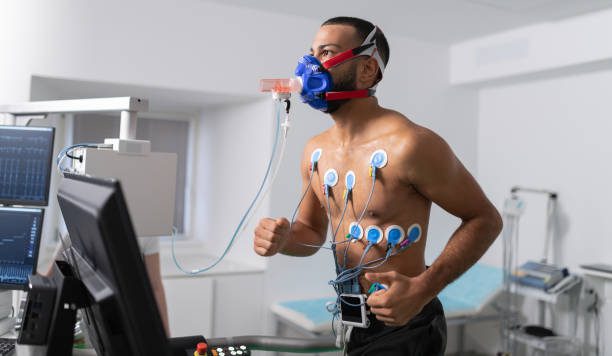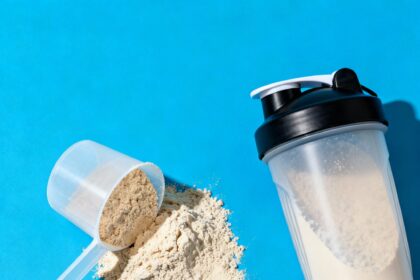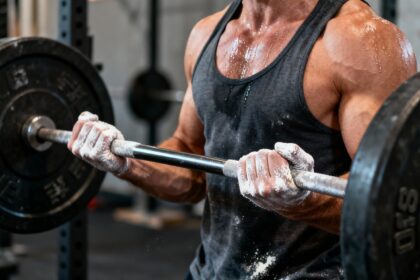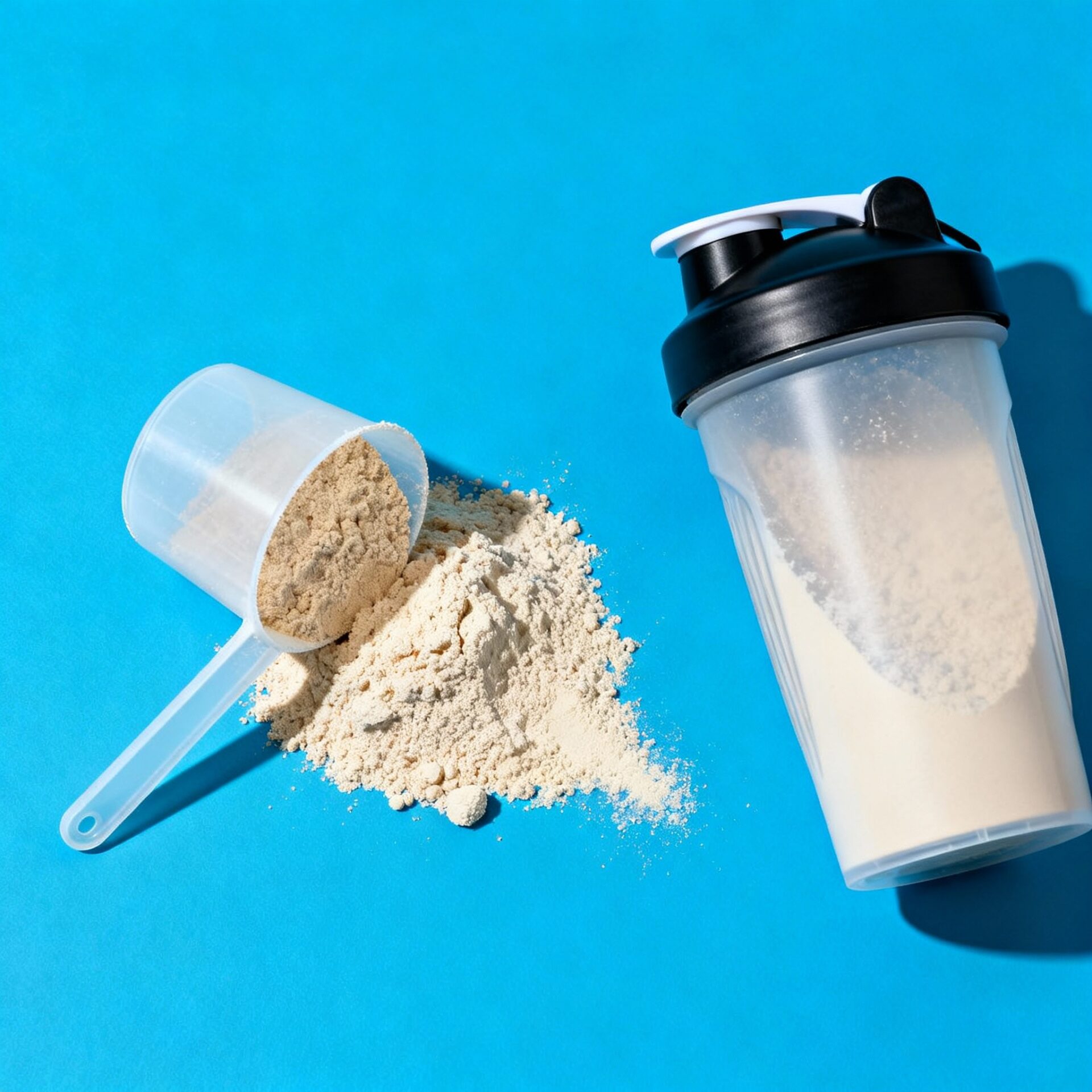By Whitnee Anderson
Eat Your Greens for Performance
When was the last time you ate your greens? If you have a hard time finding the motivation to eat your daily quota, you may have just found it. Beets, along with dark leafy greens such as spinach, arugula, and kale, are rich in nitrate.
The body converts nitrate into nitric oxide, an important signaling molecule shown to reduce the oxygen demands during exercise. Nitric oxide enhances exercise performance by improving muscle efficiency and increasing power output.
Muscle Efficiency and VO2 Max
Dietary nitrate is thought to enhance exercise performance by improving overall muscle efficiency. Muscle efficiency is a measure of the amount of energy needed to perform muscular work. A 2009 study supplemented eight healthy and recreationally active men with beetroot juice for three days. Their plasma nitrite levels doubled and resulted in a 5% decrease in VO2max used to complete the exercises.
These findings suggest that eating nitrate rich foods may allow more muscular work to be completed in the same amount of time, with the same energy cost. The results of this study surprised the authors because an external work rate is typically a fixed quantity. The idea that simply ingesting beetroot juice could change this “fixed number” is exciting.

Increased Power Output in Cyclists
A randomized crossover study from 2011 further demonstrated that dietary nitrate may improve muscle efficiency. Researchers gave nine competitive male cyclists acute nitrate supplementation with 0.5 L of beetroot juice. The results showed that compared to the control group, those given beetroot juice had a higher power output for the same VO2 and enhanced both the 4km and the 16.1km cycling time trial performances by 2.8% and 2.7%. This suggests that nitric oxide may enhance the efficiency of muscle contractions, leading to a decrease in the time needed to complete the trial distances. Both studies demonstrated that dietary nitrate supplementation resulted in a higher power output for the same oxygen uptake, thus improving exercise performance.
Improved Oxygen Distribution
Supplementing with dietary nitrate improves performance by distributing oxygen to the working tissue with an increased oxygen demand. A 2014 study on twelve healthy and recreationally active men found that supplementing with nitrate in the form of beetroot juice increased the blood flow to active muscles during exercise.
The results of this study indicated that dietary nitrate may aid in distributing oxygen to areas of high metabolic activity rather than to inactive muscle. Under normal conditions, blood flow is not necessarily distributed to the muscle tissue with the highest metabolic needs. Nitric oxide may lower oxygen demands by delivering oxygen-rich blood to the working tissue that require more oxygen.
It seems to promote vasodilation in the active muscles more than inactive muscles. Therefore, eating a diet rich in nitrate may help improve performance by lowering the oxygen and energy demands.
Targeting Fast-Twitch Muscle Fibers
In a 2018 review, the authors noted that dietary nitrate may specifically enhance the response of Type-II (fast-twitch) muscle fibers. When the body converts the ingested nitrate to nitric oxide, there is higher power output for the same VO2.
This higher output correlates with Type-II fibers because they generate more force than Type-I (slow twitch) fibers. Type-II muscle fibers quickly generate force. Activities that utilize Type-II fibers are football, sprinting, and powerlifting. Due to this response, supplementing with nitrate may benefit those participating in high-intensity interval and sprint training.
If healthy and physically active people were to supplement with dietary nitrate, they may expect to see improvements in activities that require power and speed over a short distance or duration due to enhanced muscle contractility.

Nitrate for Sprint Performance
A 2015 study had players of a recreationally active team ingest a high dose of nitrate over thirty-six hours. Compared to the placebo, the players covered 4.2% more distance during a Yo-yo intermittent recovery test.
This test is designed to subject the participants with the same high intensity demands that a football player would have while sprinting during a game. The mean power output was significantly greater in those who consumed beetroot juice in the 24 x 6 second full-out sprint protocol.
The results showed that dietary nitrate may have an ergogenic effect on sprint performance and power output.
Limited Effect on Elite Athletes
Although your first thought may be that dietary nitrate will aid anyone’s athletic performance. But this is not necessarily the case. Elite athletes already have lower oxygen costs due to their physiological adaptations and greater aerobic fitness. So, nitric oxide has no significant effect on their performance.
However, it can have significant effects on recreationally active people and the elderly. In studies examining the effects of beetroot juice on the performance of professional athletes, it did not make a significant difference.
According to a 2018 study, the effectiveness of dietary nitrate on the muscular efficiency of elite athletes might be reduced because of their greater nitric oxide bioavailability or metabolic adaptation. More studies are needed, but researchers hypothesize that elite athletes may need higher doses of nitrate to elicit any enhancements in performance.
Although studies show significant changes in recreational performance after nitrate ingestion, supplementing with nitrate does not seem to affect the muscle efficiency or power output of elite athletes.
Final Note: Simple Diet, Big Impact
Ingesting leafy greens or even just a glass of beetroot juice can supply the body with enough nitrate to improve muscle efficiency and increase power output. According to research, nitrate may have an ergogenic effect on performance during acute or chronic use. This suggests that if supplementing with nitrate for only a few days, if the dose is high enough, performance can improve.
Dietary nitrate converts to nitric oxide that dilates blood vessels. It helps distribute blood to active muscles and allows more work to be performed using less energy and oxygen. Nitrate targets Type-II fibers and may benefit any type of physical activity involving greater force production in a short amount of time.
References
Bailey, S. J., Winyard, P., Vanhatalo, A., Blackwell, J. R., DiMenna, F. J., Wilkerson, D. P., Tarr, J., Benjamin, N., & Jones, A. M. (2009). Dietary nitrate supplementation reduces the O2cost of low-intensity exercise and enhances tolerance to high-intensity exercise in humans. Journal of Applied Physiology, 107(4), 1144–1155. https://doi.org/10.1152/japplphysiol.00722.2009
Jones, A. M. (2014). Influence of dietary nitrate on the physiological determinants of exercise performance: a critical review. Applied Physiology, Nutrition, and Metabolism, 39(9), 1019–1028. https://doi.org/10.1139/apnm-2014-0036
Jones, A. M., Thompson, C., Wylie, L. J., & Vanhatalo, A. (2018). Dietary Nitrate and Physical Performance. Annual Review of Nutrition, 38(1), 303–328. https://doi.org/10.1146/annurev-nutr-082117-051622
Kelly, J., Vanhatalo, A., Bailey, S. J., Wylie, L. J., Tucker, C., List, S., Winyard, P. G., & Jones, A. M. (2014). Dietary nitrate supplementation: effects on plasma nitrite and pulmonary O2 uptake dynamics during exercise in hypoxia and normoxia. American Journal of Physiology-Regulatory, Integrative and Comparative Physiology, 307(7), R920–R930. https://doi.org/10.1152/ajpregu.00068.2014
LANSLEY, K. E., WINYARD, P. G., BAILEY, S. J., VANHATALO, A., WILKERSON, D. P., BLACKWELL, J. R., GILCHRIST, M., BENJAMIN, N., & JONES, A. M. (2011). Acute Dietary Nitrate Supplementation Improves Cycling Time Trial Performance. Medicine & Science in Sports & Exercise, 43(6), 1125–1131. https://doi.org/10.1249/mss.0b013e31821597b4
Wylie, L. J., Bailey, S. J., Kelly, J., Blackwell, J. R., Vanhatalo, A., & Jones, A. M. (2015). Influence of beetroot juice supplementation on intermittent exercise performance. European Journal of Applied Physiology, 116(2), 415–425. https://doi.org/10.1007/s00421-015-3296-4






































